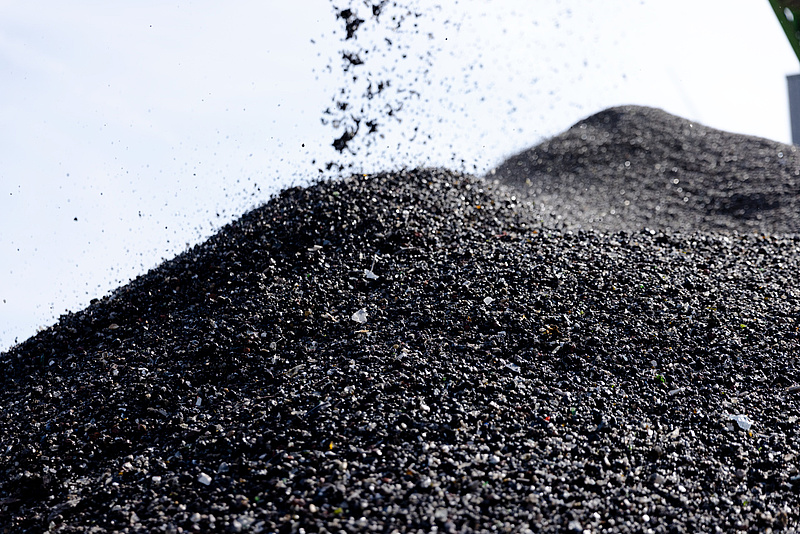How to use the resources of incineration bottom slag?
The fly ash and bottom slag produced by waste incineration contain toxic pollutants such as heavy metals and dioxins. The management and disposal of incineration ash and slag are related to people’s health and environmental safety. Improper management and disposal will cause secondary environmental pollution and health impacts. Study the management and disposal technology of waste incineration fly ash and bottom slag in developed countries, and compare and analyze the management and disposal situation in my country, so as to put forward relevant policy suggestions for my country.

There are two main ways to control the harmless ash. One is to destroy and remove pollutants from the source, that is, to reduce the pollution source; the other is to reduce the mobility of pollutants, that is, to cut off the exposure route. The environmental and health risks of fly ash mainly come from the heavy metals and dioxins enriched in it. Although dioxin is highly toxic, its content in fly ash is very small, and its water solubility is extremely low, so it is relatively easy to control its migration. Heavy metal content in fly ash is relatively high, and it is easy to dissolve and release in contact with water, which is the top priority of environmental risk control. Fly ash also contains silicon, calcium, aluminum, magnesium, etc., which are useful raw materials for the production of building materials. Therefore, the disposal and utilization of fly ash should first follow the principle of harmlessness, and then consider recycling and comprehensive utilization under this premise.
At present, the United States, Canada and EU countries except Germany mainly use the “stabilization solidification + landfill” method to dispose of incineration fly ash, and Switzerland separates and extracts the metals in the fly ash before landfilling. Incineration fly ash in Germany is stored in abandoned rock salt mines. Japan mainly produces ecological cement or ordinary cement through high-temperature melting and co-processing of fly ash in cement kilns. However, due to the high energy consumption cost of the melting method, Japan no longer builds new molten fly ash disposal facilities. In the comprehensive utilization of fly ash building materials production, tedious pre-treatment of fly ash is required, and the equipment investment and operating costs are significantly higher than the traditional “stabilized solidification + landfill” disposal method.
There is still the problem of heavy metals in the bottom slag, but after the high temperature incineration process, it can stabilize it to a certain extent. The main components of bottom slag are ash, stone, glass, ceramic and metal. Germany, Switzerland, the Netherlands and other countries have recycled iron, aluminum, zinc and other metals in the bottom slag.
Except for Switzerland, which classifies bottom slag as a reactive substance, all other EU countries apply the treated bottom slag to road subgrade materials, noise reduction walls, internal substrates for embankment or aggregates for cement production, and For the production of sidewalk bricks, tiles, etc. The Netherlands and Denmark use almost 100% of bottom slag for road construction. Belgium mainly uses bottom slag as recycled building materials, Germany uses 90% of bottom slag for road construction, and France uses 80% of bottom slag for municipal engineering construction. These countries have stipulated the characteristics and quality that the bottom slag needs to meet for specific purposes. Before the bottom slag is comprehensively utilized, it needs to be approved by the relevant management department.
